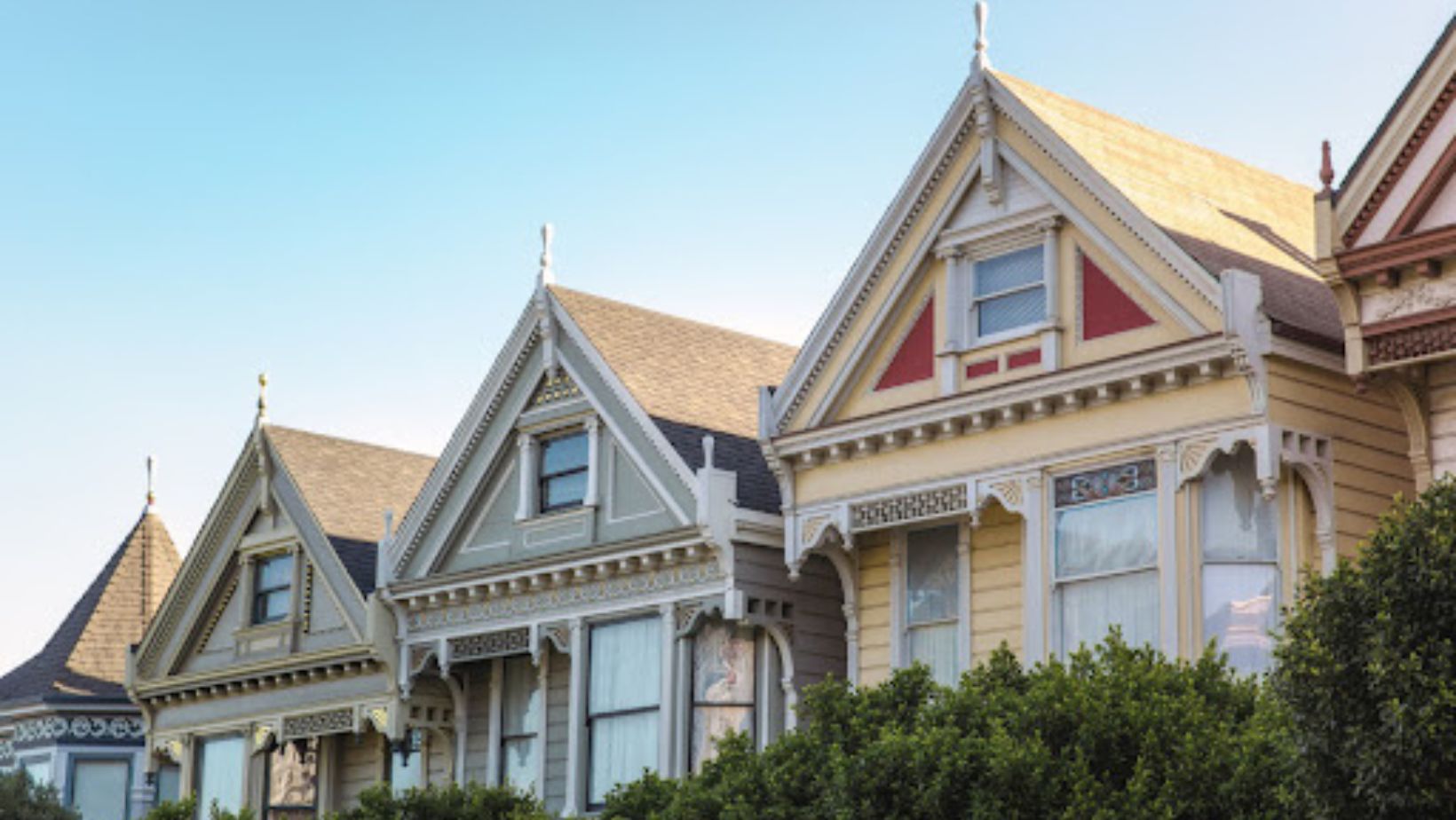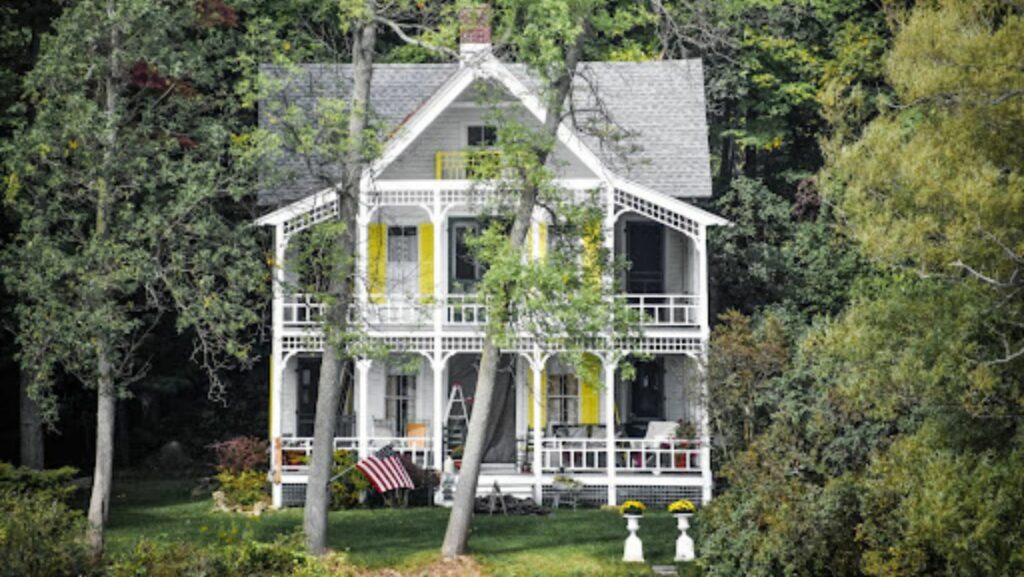Victorian style homes are some of the most iconic and romantic architectural expressions of the 19th century. Defined by ornate detailing, eclectic influences, and a sense of grandeur, these homes are instantly recognizable for their decorative flourishes and often whimsical silhouettes. Originating during Queen Victoria’s reign from 1837 to 1901, Victorian architecture reflects a time of innovation, industrial expansion, and aesthetic exploration. In this article, we will delve deep into the history, defining features, various substyles, and the enduring appeal of Victorian homes.
A Brief History of Victorian Architecture
Victorian architecture flourished in the United Kingdom and across its colonies during the 19th century, with a profound impact in the United States, Australia, Canada, and New Zealand. It emerged in a period of major societal transformation brought about by the Industrial Revolution. Rapid urbanization, new building technologies, and increased wealth among the middle class led to a boom in residential construction.
Mass production of building materials and ornamentation made it easier and more affordable to incorporate elaborate designs, resulting in a wide variety of richly decorated homes. Architects of the Victorian era drew inspiration from earlier European styles—Gothic, Italianate, Romanesque, and Queen Anne—and combined them in eclectic and sometimes extravagant ways.
Key Characteristics of Victorian Homes
Despite their stylistic variety, Victorian homes share several hallmark characteristics that make them stand out:
1. Ornate Detailing
Victorian homes are famous for their decorative features. Intricate woodwork known as “gingerbread trim” often embellishes eaves, porches, and gables. Carved brackets, spindles, corbels, and scrollwork contribute to the lavish aesthetic.
2. Asymmetrical Designs
Most Victorian homes abandon strict symmetry in favor of irregular, asymmetrical layouts. Turrets, towers, projecting bays, and wraparound porches add complexity and visual interest.
3. Steep Roofs and Gables
These homes often feature steeply pitched roofs with gables facing different directions. Dormer windows, chimneys, and finials add vertical emphasis, contributing to the homes’ striking silhouettes.
4. Colorful Exteriors
Many Victorian homes, especially in the United States, are painted in rich, contrasting colors to highlight architectural details. This trend was popularized in the late 19th century with the advent of durable paints and remains a beloved characteristic.
5. Tall Windows and Stained Glass
Victorian homes commonly include large, vertically oriented windows—often double-hung and crowned with decorative lintels. Stained or leaded glass windows, especially near entryways and staircases, add a touch of elegance.
6. Wraparound Porches
Porches, sometimes encircling the home, are both functional and decorative. They serve as outdoor living areas while providing space for ornate columns, railings, and fretwork.
Popular Substyles of Victorian Architecture
Victorian architecture is not a single style but an umbrella term that includes several substyles, each with unique features and influences. The most notable include:
1. Queen Anne
Arguably the most iconic Victorian substyle, Queen Anne homes feature asymmetrical facades, turrets, steep roofs, and textured wall surfaces made from wood, brick, or stone. They often boast large wraparound porches, bay windows, and abundant decorative trim.
2. Gothic Revival
Inspired by medieval European architecture, Gothic Revival homes incorporate pointed arches, steeply pitched roofs, lancet windows, and ornate detailing such as finials and tracery. They often resemble miniature cathedrals and evoke a sense of romantic mystery.
3. Italianate
This style draws from Italian Renaissance villas, characterized by low-pitched or flat roofs, wide eaves with decorative brackets, and tall, narrow windows. Cupolas and towers are common, adding vertical flair to the façade.
4. Second Empire
Easily recognized by their mansard roofs—double-pitched roofs with dormer windows—Second Empire homes have a formal and grand appearance. Originating in France during the reign of Napoleon III, this style became popular in the U.S. in the mid-1800s.
5. Stick-Eastlake
This substyle emphasizes the structure of the home, with decorative woodwork (or “stick work”) outlining the building’s frame. Influenced by the Arts and Crafts movement, Stick-Eastlake homes often feature intricate spindlework and patterned wall surfaces.
6. Folk Victorian
Folk Victorian homes bring decorative Victorian elements to simpler, vernacular house forms. Often found in rural areas, they blend traditional farmhouse shapes with gingerbread trim, turned porch posts, and bracketed eaves.
The Interior of a Victorian Home
Victorian interiors are as ornate as their exteriors. Inside, you’ll often find a layout consisting of multiple rooms, each with a specific function—parlors, drawing rooms, libraries, and formal dining rooms. The decor typically includes:
- Decorative moldings and plaster ceiling medallions
- Fireplaces in several rooms, often with ornate mantels and tilework
- Wallpaper in rich colors and patterns, sometimes with floral or damask motifs
- Heavy drapery and layered window treatments
- Dark-stained woodwork and built-in cabinetry
- Antique light fixtures such as gasoliers or early electric chandeliers
Floors were often made of hardwood and covered with oriental rugs. Furniture ranged from upholstered parlor chairs to heavily carved wooden pieces, reflecting the Victorian love of opulence and detail.
The Appeal of Victorian Homes Today
Victorian homes continue to capture the imagination of homeowners and preservationists for several reasons:
1. Architectural Uniqueness
In an era of mass-produced, cookie-cutter homes, Victorian houses stand out for their individuality. Each home reflects a handcrafted quality and attention to detail that’s increasingly rare in contemporary architecture. Detail-oriented Victorian style home builders today often draw on these historic design principles to create new homes that blend timeless charm with modern functionality.
2. Historic Significance
Victorian homes offer a tangible connection to the past. Restoring and living in one provides a sense of continuity and preservation of architectural heritage.
3. Versatility in Design
The mix-and-match nature of Victorian design allows for personalization. Modern homeowners often blend old-world charm with updated kitchens, bathrooms, and open floor plans to meet current lifestyle needs while honoring the home’s character.
4. Strong Community Appeal
Many neighborhoods with Victorian homes—such as San Francisco’s “Painted Ladies,” Cape May in New Jersey, or certain districts in Boston, Savannah, and New Orleans—are highly desirable, often fostering a sense of community pride and historical preservation.
Challenges of Owning a Victorian Home
Despite their charm, Victorian homes are not without challenges:
- Maintenance Costs: The intricate detailing and aging infrastructure can require costly upkeep, from roof repairs to foundation work.
- Energy Efficiency: These homes were not built with modern insulation, leading to higher heating and cooling bills unless retrofitted.
- Layout Limitations: The original floor plans may feel fragmented by today’s standards, lacking open concept living or sufficient storage.
- Historic Restrictions: If the home is landmarked, renovations may be subject to local preservation rules that limit changes to the exterior or interior details.
Still, many homeowners find these challenges worth overcoming in exchange for the rich history and beauty a Victorian home offers.
Preserving Victorian Homes
Preservation efforts are key to maintaining Victorian homes for future generations. Local historical societies, city planning departments, and nonprofit organizations often provide resources and guidance for restoration. When done respectfully, preservation not only protects the architectural integrity of a home but also boosts community value and pride.
Modern renovations often aim for a balance—restoring period-appropriate finishes and features while incorporating modern amenities like updated plumbing, wiring, and HVAC systems.
Notable Examples Around the World
Victorian homes can be found across the globe, each adapting the style to regional preferences and climates:
- United Kingdom: Terraced Victorian townhouses dominate London neighborhoods like Notting Hill and Kensington.
- Australia: “Filigree” Victorian homes in Sydney and Melbourne are known for their cast-iron lacework and verandas.
- United States: San Francisco’s Alamo Square features some of the most photographed Victorian homes, with their candy-colored facades and steeply pitched roofs.
- New Zealand: Cities like Dunedin and Christchurch feature well-preserved Victorian structures from their colonial past.
Conclusion
Victorian style homes represent more than just a period of architectural exuberance—they are symbols of innovation, craftsmanship, and cultural transformation. With their ornate facades, rich interiors, and romantic presence, they continue to captivate homeowners, architects, and preservationists alike.
Whether you’re walking through a historic district or restoring a “fixer-upper,” Victorian homes invite us to appreciate beauty in detail, honor the past, and imagine how artistry and function can coexist. Their enduring charm ensures that, even in an age of modern minimalism, Victorian architecture will always hold a special place in the hearts of those who value character, history, and timeless design.

